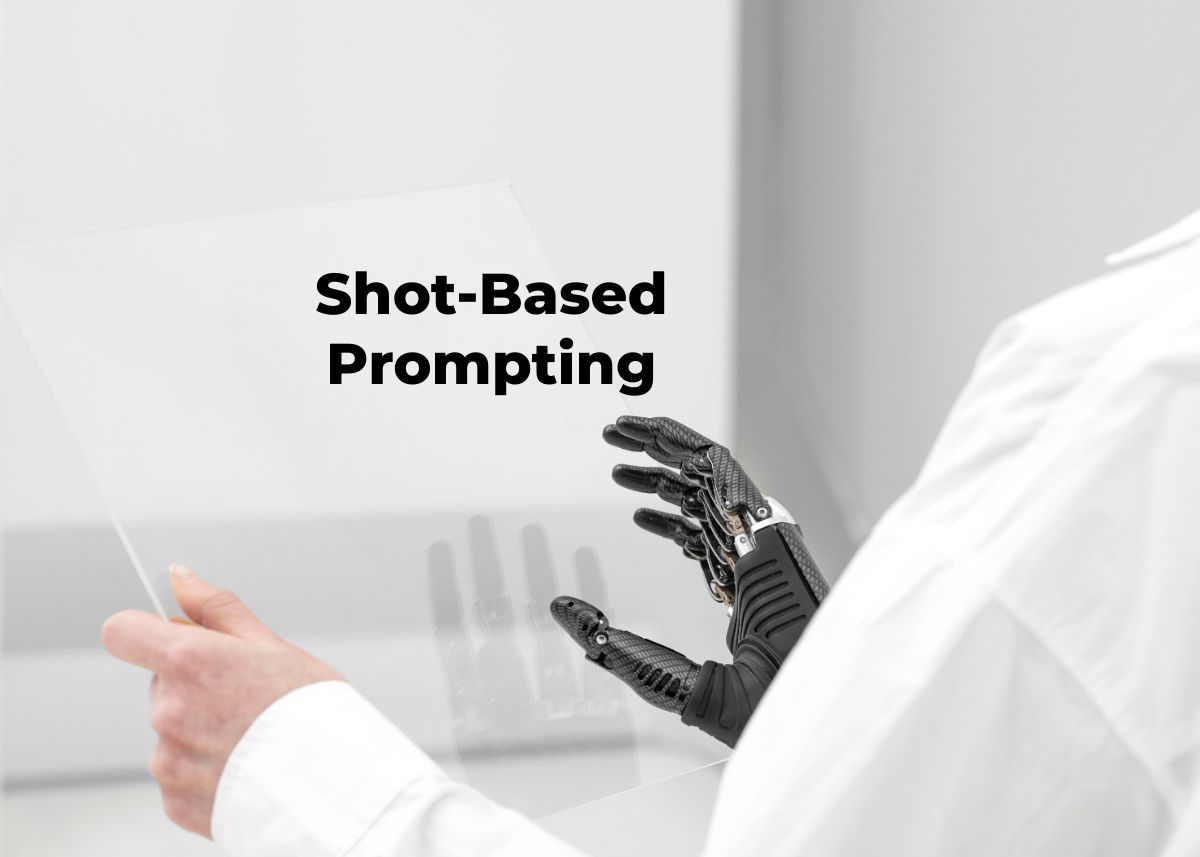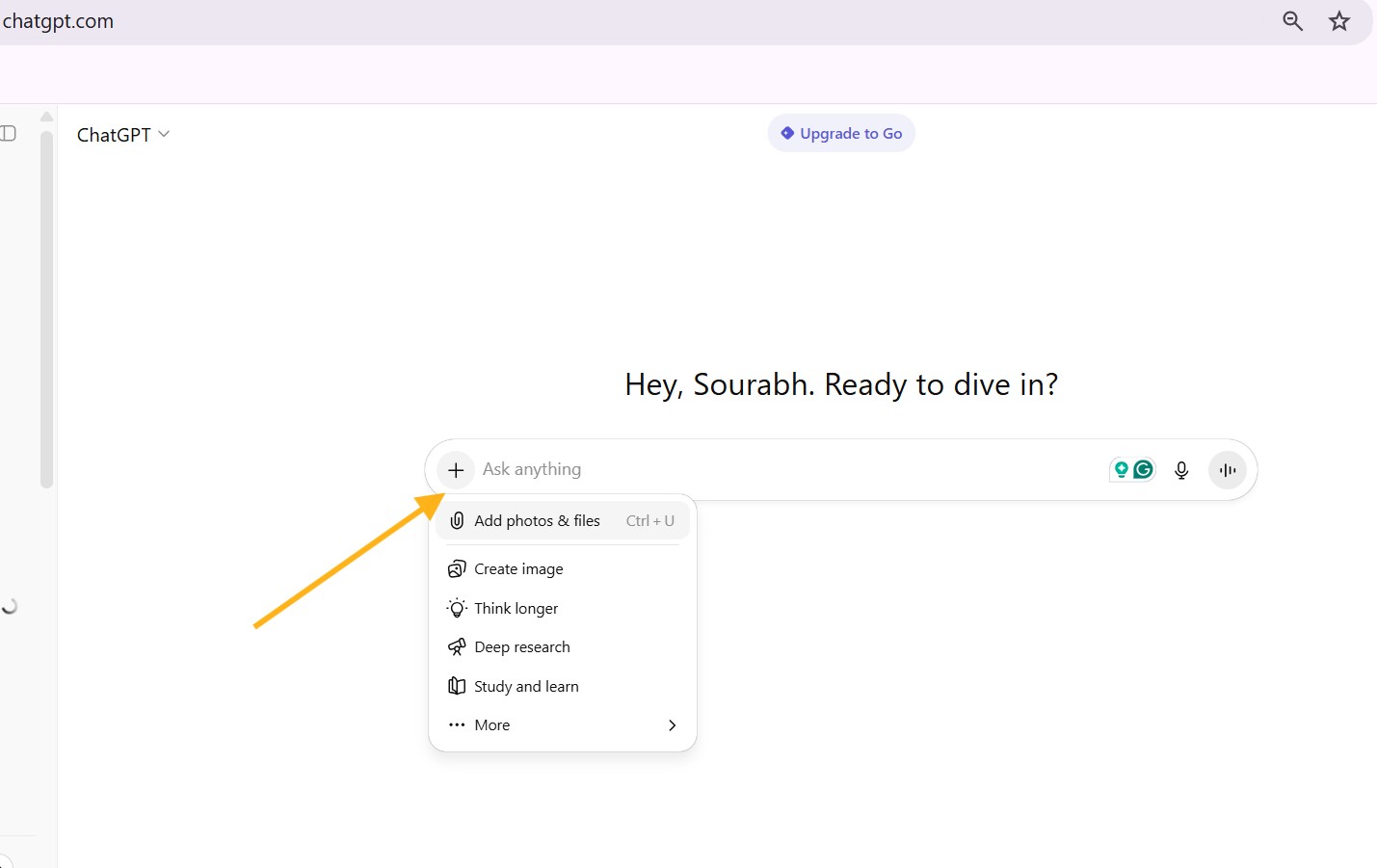
Large language models (LLMs) have revolutionized the way we interact with artificial intelligence, allowing for the generation of text that closely mimics human language. However, to achieve precise and accurate outputs, specific techniques must be employed. One of these techniques is few-shot prompting. This blog will explore few-shot prompting examples, focusing on how this method improves AI performance, particularly in scenarios with limited data.
What is Few-Shot Prompting?
Few-shot prompting is a technique where an AI model is provided with a few examples of a task within the prompt itself to guide its response. This method lies between zero-shot prompting, where no examples are given, and fully supervised learning, which requires large datasets. By supplying the AI with just a handful of examples, you effectively demonstrate how the model should respond to similar tasks.
Few-Shot Prompting Examples
Consider a scenario where you want an AI model to generate headlines for news articles. A few-shot prompt might look like this:
Prompt:
Generate a headline for a news article about the economy:
- Example 1: "Economic Growth Slows as Inflation Rises"
- Example 2: "Unemployment Rates Drop Amidst Economic Recovery"
- Article: The stock market has been volatile, with significant fluctuations over the past week.
- Headline: Expected Output:
"Stock Market Swings Amid Uncertain Economic Outlook"Here, the examples guide the model in generating a relevant and appropriately styled headline based on the provided input.
How Few-Shot Prompting Works
Few-shot prompting works by giving the LLM a small set of examples within the prompt. The model then uses these examples to infer the task’s requirements and generate the desired output. Here’s a breakdown of how it works:
- Input-Output Pairs: The prompt contains both input (e.g., a question or task) and output (e.g., the desired response).
- Consistency: The format of examples is consistent, helping the model recognize the pattern it needs to follow.
- Task Relevance: The examples are directly relevant to the task, showcasing the specific knowledge required.
Few-Shot Prompting in Action
To better understand, let’s see an example of using few-shot prompting for writing code. Suppose we want the AI to generate Python functions for basic mathematical operations:
Prompt:
Write Python functions for the following operations:
- Task: Add two numbers
Code:
def add_numbers(a: int, b: int) -> int:
return a + b
- Task: Subtract two numbers
Code:
def subtract_numbers(a: int, b: int) -> int:
return a - b
- Task: Multiply two numbers
Code:Expected Output:
def multiply_numbers(a: int, b: int) -> int:
return a * bIn this case, the model uses the pattern of previous examples to generate the correct function for multiplication.
Advantages of Few-Shot Prompting
Few-shot prompting offers several significant advantages:
- Improved Performance: The model better understands the task, leading to more accurate outputs.
- Faster Adaptation: Few-shot prompting enables rapid learning of new tasks or topics with minimal examples.
- Reduced Data Requirements: Few-shot prompting requires far fewer examples than traditional methods, saving time and resources.
Comparison: Few-Shot vs. Zero-Shot Prompting
| Criteria | Few-Shot Prompting | Zero-Shot Prompting |
|---|---|---|
| Example Usage | A few examples are provided within the prompt. | No examples are provided in the prompt. |
| Task Adaptation | Quickly adapts to specific tasks with few examples. | Relies solely on pre-existing model knowledge. |
| Performance | Typically higher accuracy for specific tasks. | May struggle with complex or specific tasks. |
| Flexibility | Can be adapted to various tasks with different prompts. | Less flexible without specific guidance. |
Applications of Few-Shot Prompting
Few-shot prompting can be applied across various domains:
- Creative Writing: Generate content in specific styles or genres with minimal input.
- Code Generation: Create well-structured code snippets with proper syntax.
- Complex Reasoning: Handle tasks that involve logical deduction or domain-specific knowledge.
Real-World Example: Medical Diagnosis
Few-shot prompting can be used to assist in medical diagnoses. For instance:
Prompt:
Provide a diagnosis based on symptoms:
- Example 1: Symptoms: Fever, headache, nausea. Diagnosis: Migraine.
- Example 2: Symptoms: Fatigue, dry cough, shortness of breath. Diagnosis: COVID-19.
- Symptoms: Severe abdominal pain, vomiting, and bloating.
- Diagnosis:Expected Output:
"Appendicitis"The model uses the examples to identify the correct diagnosis based on the provided symptoms.
Few-Shot Prompting: Challenges and Best Practices
While powerful, few-shot prompting does present challenges. Here are some best practices to maximize effectiveness:
- Selecting Effective Examples: Ensure examples are directly relevant to the task and cover different aspects to improve generalization.
- Prompt Design: Maintain consistent formatting and provide enough context to clarify the task.
- Avoiding Overfitting: Use a variety of examples and test the model’s performance on new inputs to prevent overfitting.
Avoiding Common Pitfalls
- Over-reliance on Few Examples: Too few or too similar examples can lead to poor generalization.
- Complex Prompts: Overly complex prompts may confuse the model. Keep it simple and direct.
Conclusion
Few-shot prompting is a powerful technique that allows AI models to perform specific tasks with high accuracy, using minimal data. By leveraging well-chosen examples, you can guide the model to generate precise outputs tailored to your needs. Whether you’re dealing with creative writing, code generation, or complex reasoning, few-shot prompting examples can help unlock the full potential of your AI models.
Also Read: What is the best way to think of prompt engineering?
FAQs
What is few-shot prompting?
Few-shot prompting is a method where a model is given a few examples of a task to guide its response.
How is few-shot prompting different from zero-shot prompting?
Few-shot prompting provides examples, while zero-shot prompting relies solely on the model’s pre-existing knowledge.
What are the benefits of few-shot prompting?
Improved accuracy, faster adaptation to new tasks, and reduced data requirements.


